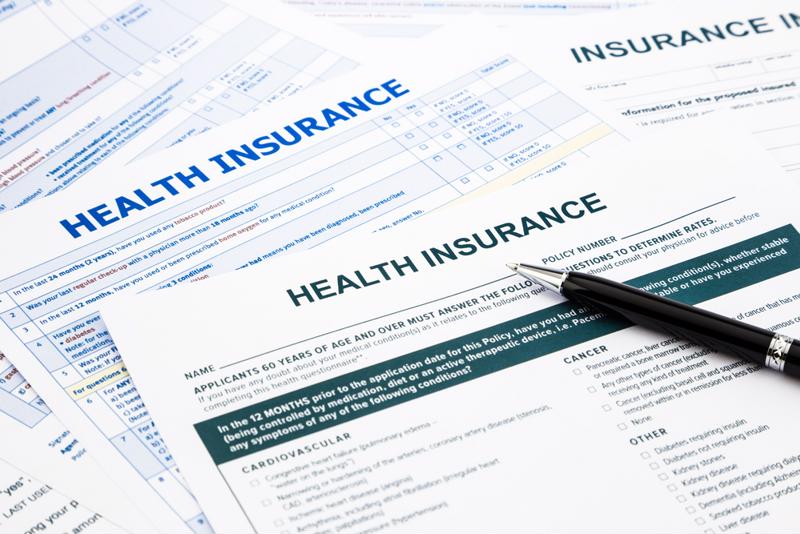Consultants to Contact
- Allison Young - Vice President & Consulting Actuary (Dallas)
- Bonnie Albritton - Vice President & Principal (Dallas)
- Brian Rankin - Vice President & Principal (Washington, D.C.)
- Brian Stentz - Vice President & Principal (Dallas)
- Cabe Chadick - President & Managing Principal (Dallas)
- Chris Merkel - Senior Vice President & Principal (Kansas City)
- David Dillon - Senior Vice President & Principal (Dallas)
- Daniel Moore - Vice President & Senior Consulting Actuary (Dallas)
- David Palmer - Vice President & Principal (Baltimore)
- Glenn A. Tobleman - Executive Vice President & Principal (Dallas)
- Heather Robinson - Senior Consultant & Director - Underwriting (Kansas City)
- Jamie Fender - Vice President & Consulting Actuary (Dallas)
- Jason Dunavin - Vice President & Senior Consulting Actuary (Kansas City)
- Jeffrey D. Lee - Vice President & Consulting Actuary (Kansas City)
- Josh Hammerquist - Vice President & Principal (Dallas)
- Jing Qian - Vice President & Consulting Actuary (Dallas)
- Jacqueline Lee - Vice President & Principal (Dallas)
- Kevin Ruggeberg - Vice President & Senior Consulting Actuary (Dallas)
- Kim Shores - Vice President & Principal (Kansas City)
- Muhammed Gulen - Vice President & Legal Consultant (Dallas)
- Moshe Nelkin - Senior Consulting Actuary (Dallas)
- Mark Stukowski - Vice President & Principal (Denver)
- Patrick Glenn - Vice President & Principal (Kansas City)
- Robert Dorman - Vice President & Consulting Actuary (Dallas)
- Traci Hughes - Vice President & Senior Consulting Actuary (Dallas)
- Tom Roberts - Vice President & Consulting Actuary (Dallas)
- Vickie Goodman - Vice President & Director - Compliance (Kansas City)
Testimonial
In the last few years, one of the things that the health insurance requirement from the federal government seems to have accomplished is getting more people to carry such coverage, even if they do so grudgingly. However, one issue that many of those people now face is that, while they've locked in plans that carry low, affordable deductibles, the quality of those policies often leaves a lot to be desired, and still ends up costing them a significant amount over the course of the year when they seek health care.
The reason for this is simple: People with low incomes – especially those concerned with their monthly premium costs even after they get assistance from the federal government – tend to buy the coverage that appears to be most affordable on the exchange website, according to a report from the New York Times. But while that helps them avoid the “sticker shock” that comes with paying perhaps a few hundred dollars per month (something they can ill afford to do) that extra cost often gets passed on several times over when they actually need treatment.
Why is that?
The issue here is that when people buy low-premium health insurance, that is almost always going to come with the cost of care passed on to consumers in other ways, such as high deductibles and more out-of-pocket expenses, the report said. And what's worse is that many are now finding that these requirements are actually holding consumers back from getting basic treatments and care, simply because deductibles are so high as to make even routine check-ups unaffordable.
The practical upshot, then, is that consumers end up paying for insurance, but then never using it because it would be basically impossible for them to meet the annual deductible, which is usually in the thousands of dollars, the report said. Effectively, that makes this insurance the kind of “emergency-only” coverage, meaning they only use it when they absolutely have to (in the event of serious illness or injury, for example). One person with such coverage told the newspaper, “We have insurance, but can't afford to use it.”

What can be done?
Right now, the only thing that seems to be possible in terms of helping consumers with this issue is doing a little more on Healthcare.gov and state exchange sites to make sure people fully understand the true cost of coverage, the report said. The Obama administration has long touted that the vast majority of plans on these marketplaces cost less than $100 per month, but in New Jersey for instance, the median premium is $2,000 per year. More efforts to make this information clearer could go a long way for the people who feel that low-premium plans are their best option.
Insurers might want to start doing a little more in the way of education here as well, because people who are paying for coverage might as well use it. That, in turn, is going to help increase satisfaction among policyholders overall.
